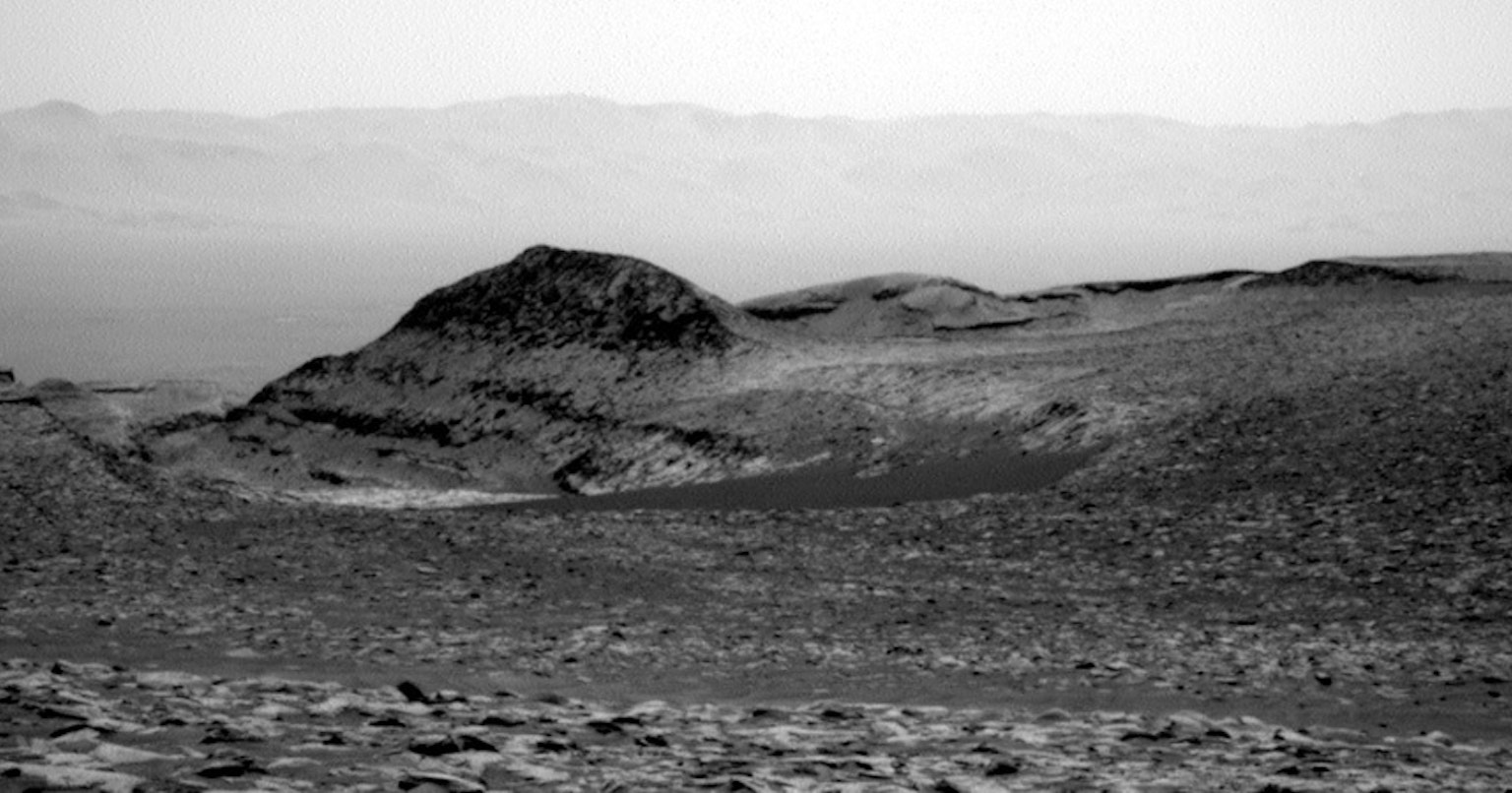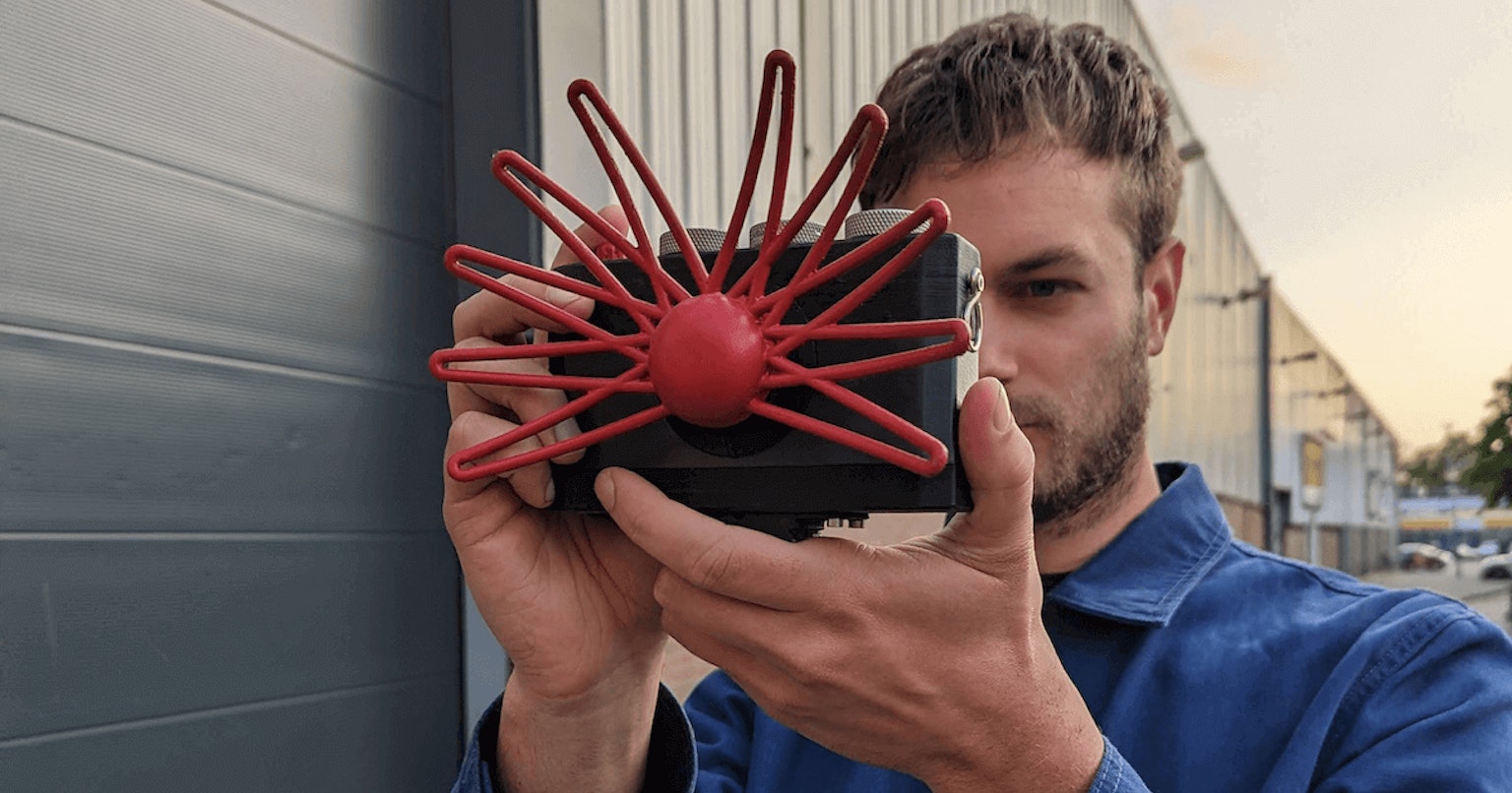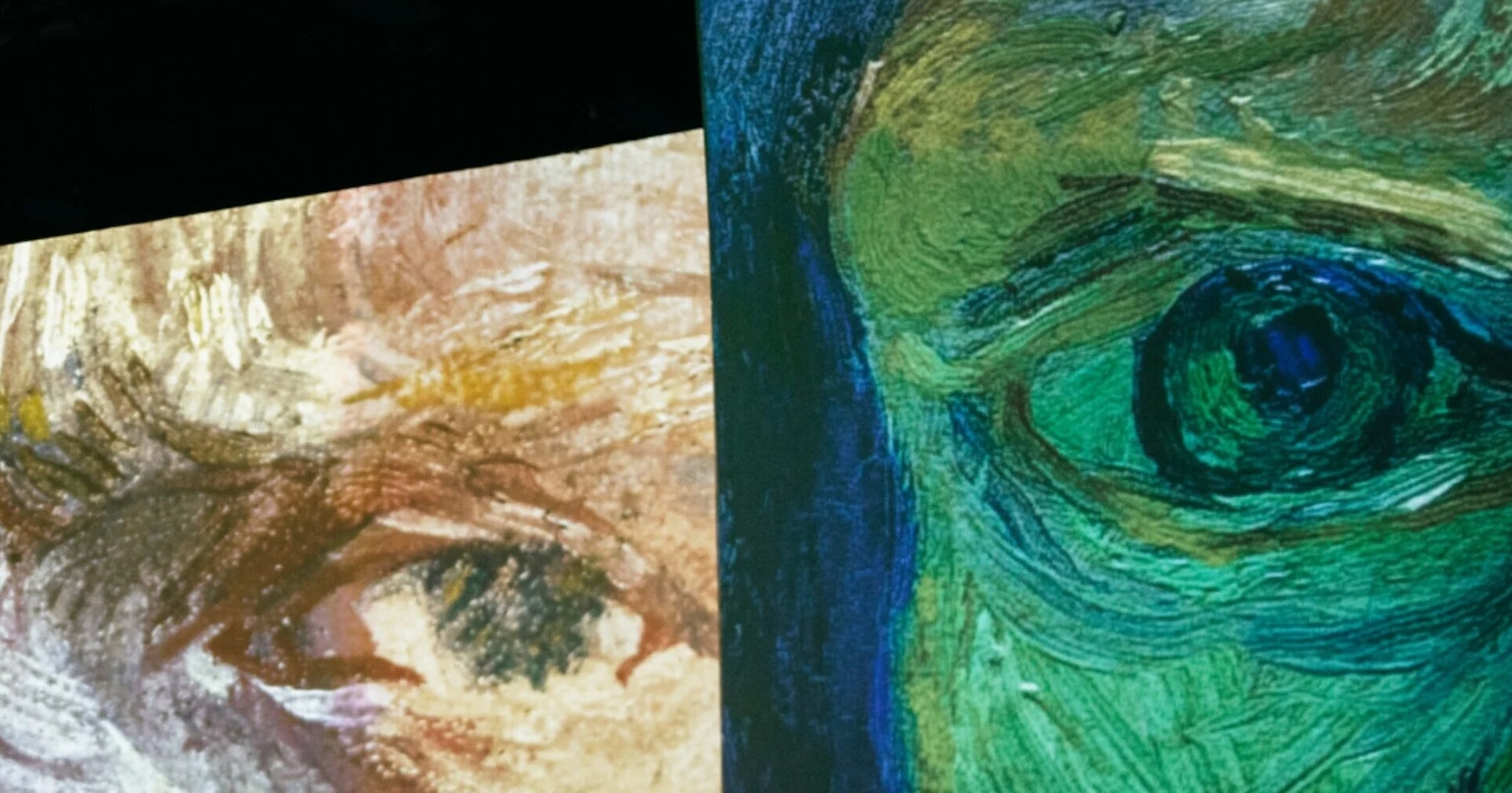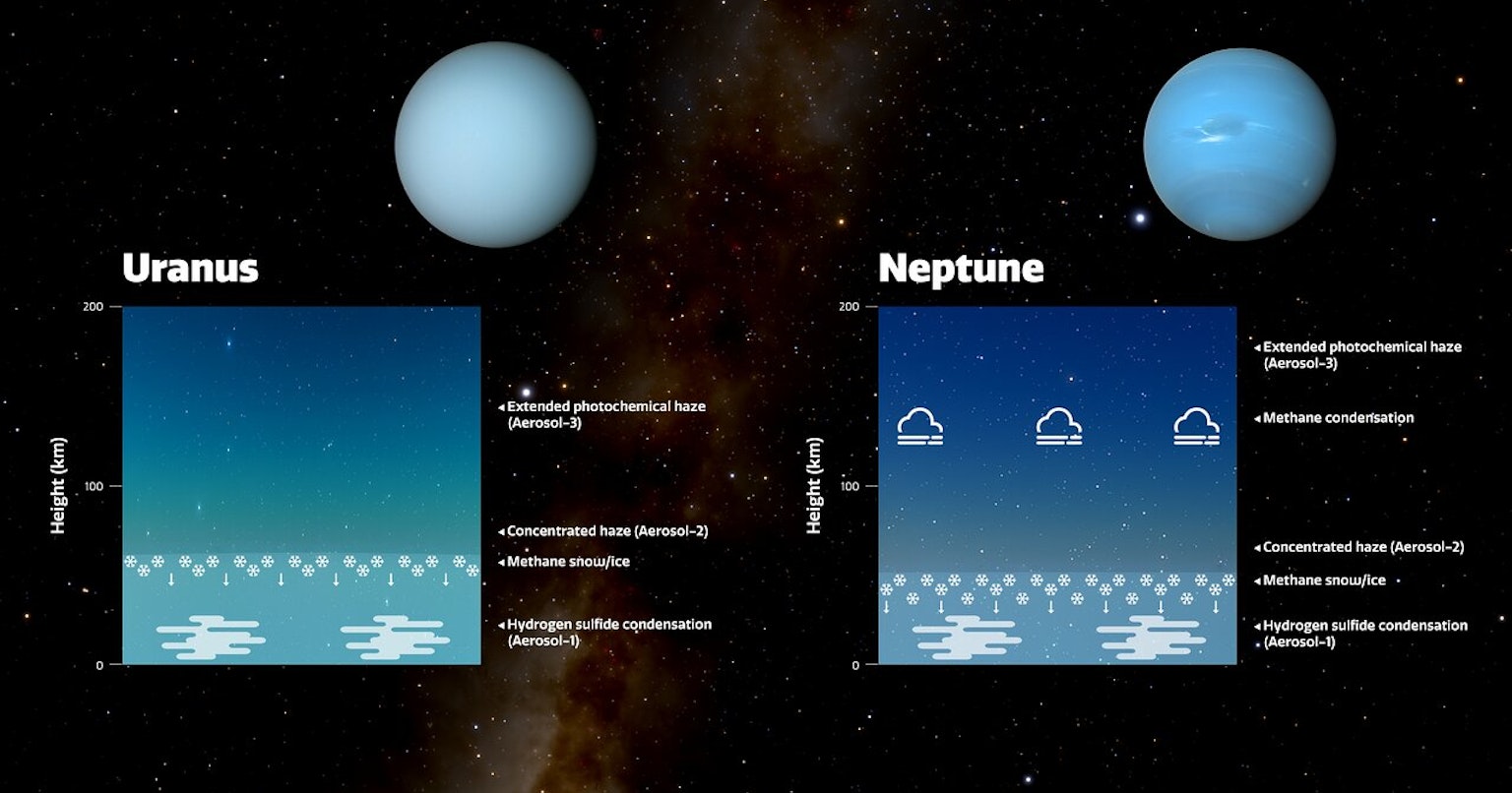
For many years, Uranus and Neptune have been recognized as different shades of blue. Indeed, I remember textbooks showing Uranus as a pale blue and Neptune as a deep blue. However, recent scientific research may overturn this perception. This time, we delve into the causes of the misunderstanding about the colors of these two planets.
Common Perception Created by Voyager 2 Photos
In the late 1980s, the Voyager 2 spacecraft sent images of Uranus and Neptune back to Earth. These images showed Uranus as a light blue and Neptune as a deep blue. These images instilled a common perception of the colors of these planets worldwide.
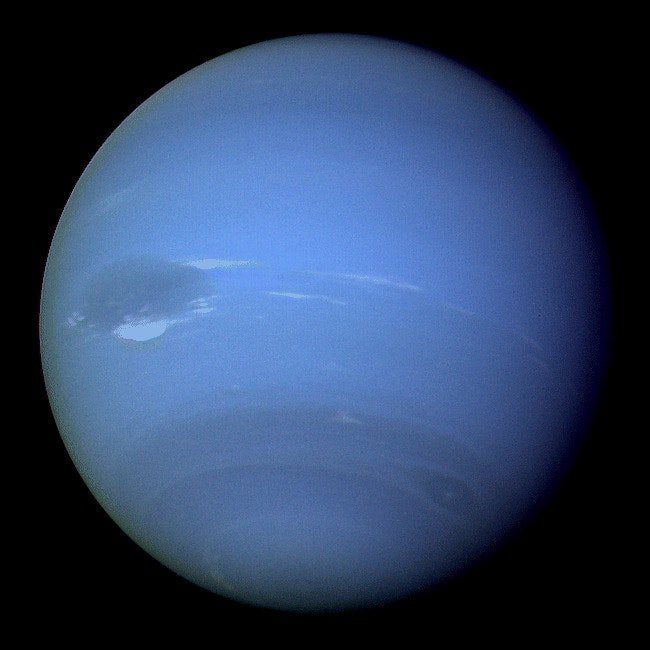
©︎ NASA
Photo of Neptune taken by the Voyager 2 spacecraft in 1989
However, according to a recent study published by Oxford University at the Royal Astronomical Society, the images of Neptune were actually enhanced beyond their real colors. This was done so that we on Earth could see Neptune's clouds more clearly, resulting in images that were 'stretched and enhanced.' The images of Neptune were 'artificially made blue,' according to Patrick Irwin, the lead author of the study.
Using new images taken by the Hubble Space Telescope and the European Space Agency's Very Large Telescope, Patrick Irwin's team re-examined the Voyager 2 images and discovered that, contrary to previous images and perceptions, Uranus and Neptune are actually very similar shades of blue.
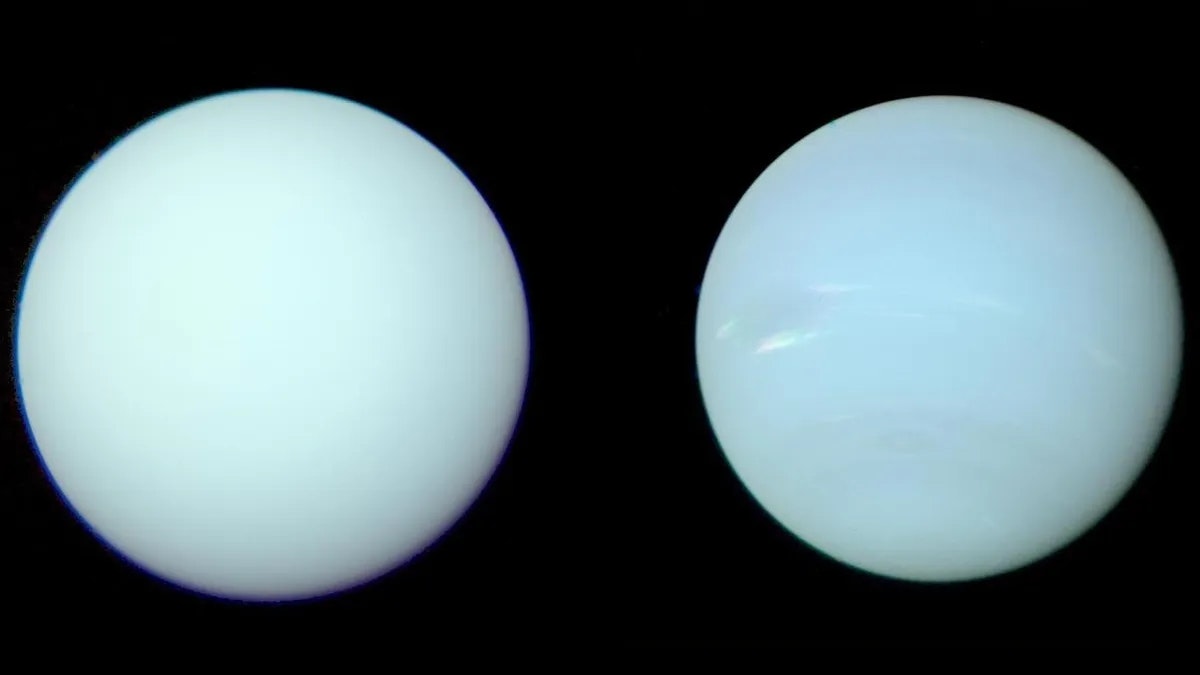
©︎ Patrick Irwin
Uranus (left) and Neptune (right). You can see the clouds, a characteristic of Neptune.
The recent findings about the colors of Uranus and Neptune prompt us to reconsider the role of photos in shaping our understanding. Photos not only record the world but also form a means of cognitive interpretation. This is a good example of how common images are not always correct and the necessity of updating our images.
